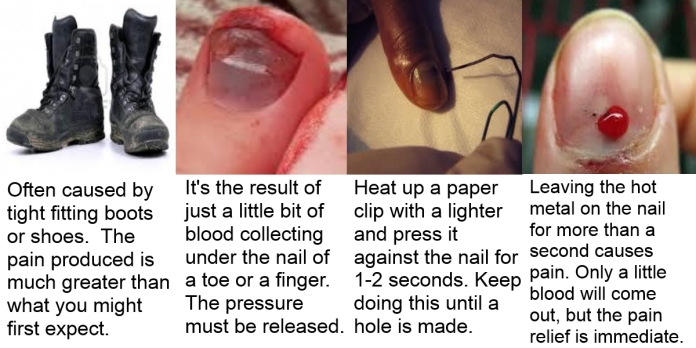Learn to
Treat Eye Injuries and Pink Eye in Under Three Minutes
Eye injuries and
infections can be as disabling to a prepper as a broken arm or leg.
Debris from disasters often stays suspended in the atmosphere for hours to
days. Recall those images of 9/11 and you’ll see why it’s important to
feel comfortable treating these conditions. Those of concern to preppers
fall into two categories: pink eye and corneal abrasions.
Pink eye is
a catch all label referring to just about any type of ocular infection.
Typically it’s caused by a virus, though rarely bacteria can be
responsible. At first the infection feels like a scratch or abrasion, or
like it does when you have something in your eye. Over the next hours to
days the white part of the eye, the sclera, becomes reddened and
inflamed. Goopy eyes may follow. But infection isn’t the only cause
of an ocular discharge. Corneal abrasions can produce the same picture,
even if infection isn’t present.
Corneal abrasions occur
when the clear part of the eye, the cornea, sustains a minor scratch but
produces major pain and tearing that can limit vision. Physicians will
sometimes stain the eye with a dye called fluorescein. It comes on a
strip that looks like litmus paper and is touched to the sclera. The
person then blinks a few times and the dye spreads out over the eye. If a
scratch is present the dye will be taken up by the injured area, and a green
line will appear revealing the location and percentage of cornea damaged.
If the dye is not taken up, the doctor assumes the cause of the problem is
infection. While you may have eye patches in your medical kit, the dye
won’t likely be available. So the best strategy for preppers is to remember a
treatment that will work for both conditions.

In an ideal world
the treatment of either problem might involve anti-inflammatory eye drops;
sometimes with antibiotics mixed in. Eye irrigation to remove foreign
debris and irritants should also be considered. The problem for the
prepper is that neither will likely be available. So patching the eye for
a few days is the best that can be done.
If you don’t have
any eye patches in your kit, just cut a gauze into an oval shape. Have
the person close their eye, then tape or somehow secure the patch in
place. In 24 hours most eye abrasions will heal if covered. And
within two days most ocular infections will resolve.
Take home
message: In a disaster situation when
you’re not sure of if it’s an infection or an abrasion causing the eye
symptoms, treat the person as if they have both. Wash it out if you can,
then patch it for 48 hours.
Click on Image to Find Out More!
































